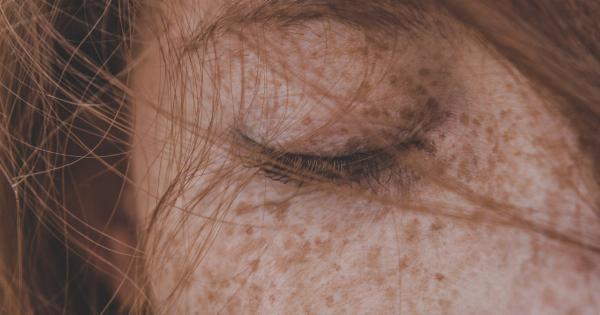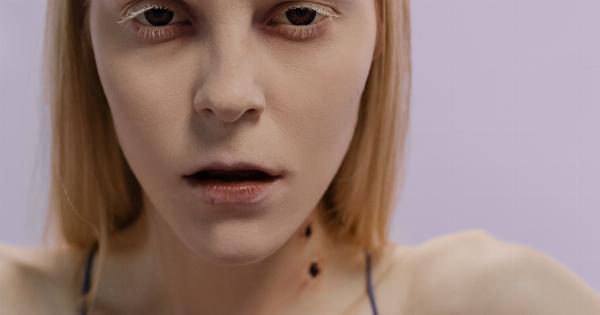The perception of hair transplant surgery has completely changed because of technological prosperity and advancements.
The traditional techniques that involved a strip of hair follicles from the back of the head led to an unnatural hairline and scarring, all leading to extensive downtime. However, Follicular Unit Extraction (FUE) has made hair transplants more reasonable than ever before. And with the use of robotic technology and revolutionary techniques, FUE has changed the industry forever.
The Basics of Hair Transplant Surgery
A hair transplant is a surgical procedure that moves hair from one part of the body to another, usually from the back of the head to the hairline and crown. The primary goal is to improve balding areas’ appearance or hair thinning patterns.
Hair transplantation procedures can revive and regenerate hair growth on the scalp, eyebrows, lashes, beard, and mustache through either FUE or Follicular Unit Transplantation (FUT).
FUE is a procedure where a needle or punch device takes one hair follicle at a time from the donor area and transfers it to the bald area.
Since FUE targets individual follicles instead of a strip of skin or hair, scarring is less, and the result is more natural-looking. Scarring can occur in FUT because of the strip of hair or skin going from the donor area, resulting in a closer approximation to the scarred hairline.
Robotic Hair Transplantation
Robotic hair transplantation, on the other hand, is a technological advancement used to improve the accuracy and precision of FUE, removing the chances of human error.
The ARTAS robot is FDA-approved, and the first robotic technology used for hair transplantation. The ARTAS system follows and replicates extraction patterns and makes minute dissections more accurately and precisely, which directly means lower extraction times and faster recovery.
The ARTAS transplants hair follicles that appear natural, and better when it comes to the denser hairlines.
This robotic technique detects and targets the best individual hair follicles for the transplant surgery, removing the weakest and most damaged follicles, leaving the best ones where they were found. As a bonus, the ARTAS robot is not prone to fatigue, which can happen during long transplant sessions.
Cloning Technology for Hair Transplantation
Cloning technology is increasingly being used for hair transplantation worldwide. Hair cloning or hair multiplication involves growing hair in a laboratory setting using hair cells.
The cells are then implanted onto balding areas using a hair transplant procedure. This technology has not yet been officially approved and is not widely available. The main reason is due to legal, ethical, and technical challenges and questions that need to be addressed before it becomes open to the public.
Revolutionizing Hair Transplantation with PRP
PRP (Platelet Rich Plasma) therapy is a hair growth procedure used alone or in front of the hair transplant. It accelerates hair growth and promotes healing, enabling quick recovery time and more durability.
It’s very beneficial when used in conjunction with hair transplant surgery. PRP treatment involves injecting a powerful dose of platelets selectively into the scalp, encouraging blood flow and hair growth where required.
Platelet injection is known to speed up the healing process and induce stem cells to the hair. The resulting hair is stronger, longer, and more durable in texture than traditional hair growth methods.
PRP also minimizes swelling and redness post-surgery and promotes the development of collagen in the scalp, which leads to more significant graft retention.
The Value of Hair Transplantation
In conclusion, Hair Transplantation has come a long way from its origins and traditional methods.
With the introduction of FUE, Robotic Technology, Platelet Rich Plasma Therapy, and Hair Cloning Technology, patients that have lost their hair can now regain confidence and self-esteem, a great way to improve one’s quality of life. Hair experts also suggest that a hair transplant could improve your overall appearance, giving you more drive and motivation to lead a better lifestyle.
For people struggling with hair loss problems or hair thinning patterns, Hair Transplantation is undoubtedly a worth-considering option.
With its guaranteed natural-looking results and improved technologies, more and more people are willing to reap the benefits of Hair Transplantation that has developed extensively within the past few years.




























